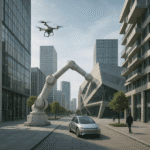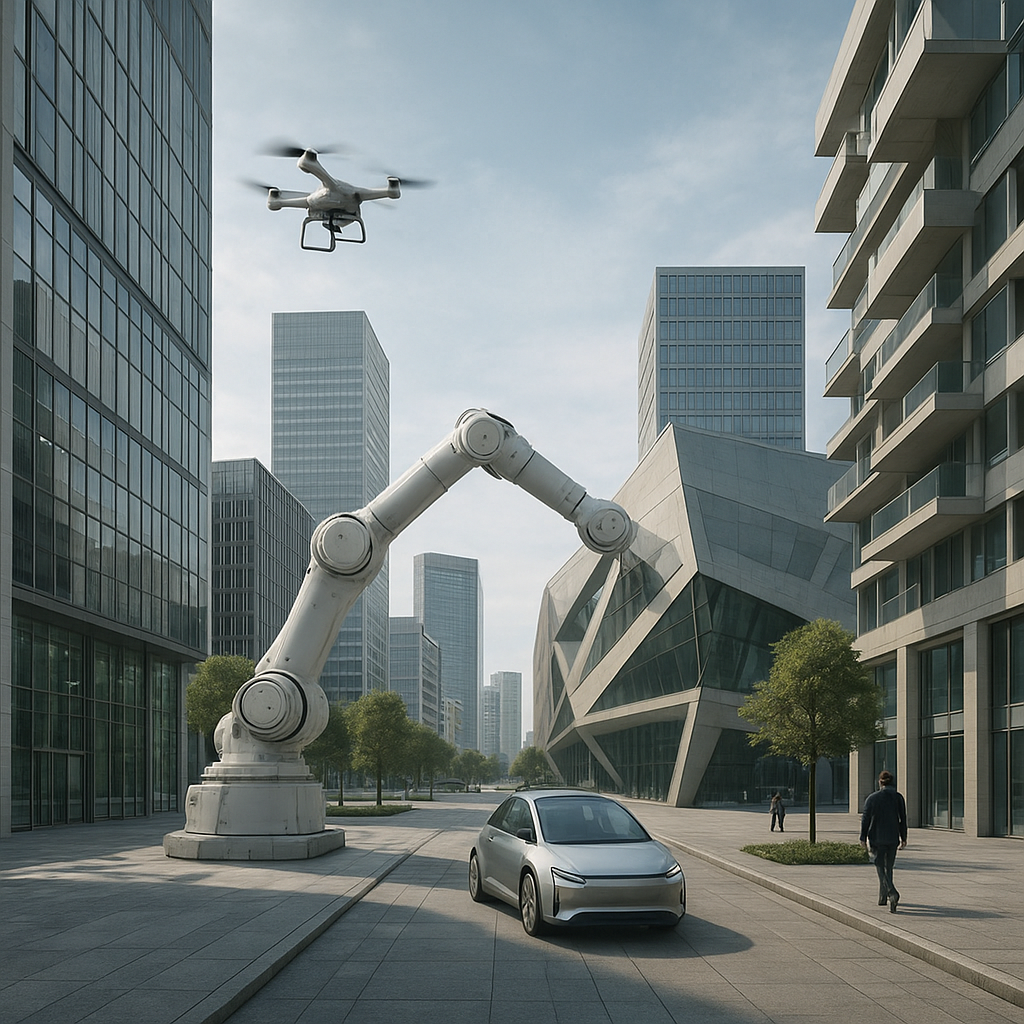Wearable technology, once a concept confined to the realms of science fiction, is now a tangible reality that is reshaping various industries, including architecture. As architects and designers strive to create buildings that are not only aesthetically pleasing but also highly functional and sustainable, wearable technology is emerging as a powerful tool in the design process. This article explores how wearable technology is impacting building design, offering new possibilities and challenges for the future of architecture.
The Integration of Wearable Technology in Architectural Design
The integration of wearable technology into architectural design is revolutionizing the way architects and designers approach their work. Wearable devices, such as smart glasses, augmented reality (AR) headsets, and fitness trackers, are providing architects with new ways to visualize and interact with their designs. These technologies allow for real-time data collection and analysis, enabling architects to make informed decisions throughout the design process.
One of the most significant impacts of wearable technology on building design is the ability to create immersive experiences. With AR headsets, architects can overlay digital models onto physical spaces, allowing them to walk through and interact with their designs in a virtual environment. This immersive experience provides a deeper understanding of spatial relationships, lighting, and materials, leading to more informed design choices.
Moreover, wearable technology facilitates collaboration among design teams. Smart glasses equipped with cameras and communication tools enable architects to share their perspectives with colleagues and clients in real-time, regardless of their physical location. This level of connectivity enhances teamwork and ensures that all stakeholders are aligned throughout the design process.
Enhancing User Experience and Building Performance
Wearable technology is not only transforming the design process but also enhancing the user experience and performance of buildings. By collecting data on how occupants interact with a space, architects can design buildings that are more responsive to the needs of their users. For instance, fitness trackers and smartwatches can monitor the movement patterns of building occupants, providing insights into how spaces are used and identifying areas for improvement.
This data-driven approach allows architects to optimize building layouts, improve circulation, and enhance overall comfort. For example, if data reveals that certain areas of a building are underutilized, architects can redesign those spaces to better serve the needs of occupants. Additionally, wearable technology can inform the design of adaptive environments that respond to changes in occupancy and usage patterns, creating more dynamic and flexible spaces.
Furthermore, wearable technology can contribute to the sustainability of buildings. By monitoring environmental conditions and energy usage, wearable devices can provide valuable insights into how a building operates. Architects can use this information to design energy-efficient systems and implement sustainable practices, reducing the environmental impact of their projects.
Challenges and Future Prospects
While the integration of wearable technology in building design offers numerous benefits, it also presents challenges that must be addressed. One of the primary concerns is data privacy and security. As wearable devices collect vast amounts of personal and environmental data, architects and designers must ensure that this information is protected and used ethically.
Additionally, the rapid pace of technological advancement can make it difficult for architects to keep up with the latest developments. Continuous learning and adaptation are essential for professionals in the field to fully leverage the potential of wearable technology in their designs.
Looking to the future, the role of wearable technology in building design is likely to expand further. As technology continues to evolve, architects will have access to even more sophisticated tools and data, enabling them to create buildings that are not only visually stunning but also highly functional and sustainable. The integration of wearable technology in architecture holds the promise of a more connected, efficient, and user-centric built environment.
In conclusion, wearable technology is having a profound impact on building design, offering new opportunities for innovation and improvement. By embracing these technologies, architects can enhance their design processes, create more responsive and sustainable buildings, and ultimately improve the quality of life for building occupants. As the field of architecture continues to evolve, wearable technology will undoubtedly play a crucial role in shaping the future of the built environment.










